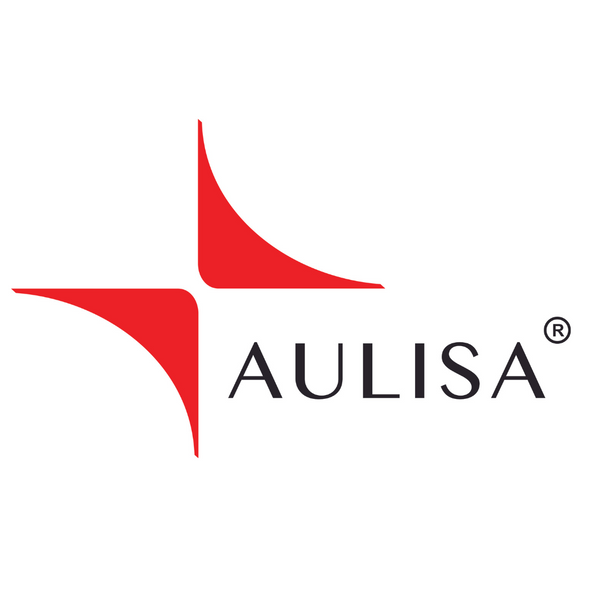Many parents know the feeling of quietly leaning over a crib at night, waiting to hear the steady rhythm of a child’s breath. It’s a small ritual of reassurance—catching the rise and fall of the chest, listening for a soft sigh, sometimes staying longer than necessary because worry lingers in the dark. These moments are deeply human, and they stem from a truth every caregiver understands: children are resilient, but they are also fragile. Sleep brings restoration, but it can also heighten our anxieties, especially when we cannot see what is happening beneath the surface.
At the biological level, two simple measures tell us a great deal about a child’s well-being. Oxygen saturation, or SpO₂, shows how efficiently oxygen is moving through the blood. Pulse rate reflects how the heart is responding to the body’s needs. Both are vital signs that pediatricians use every day, and both can change rapidly when a child is sick, struggling with asthma, or experiencing sleep-related breathing disruptions (Poets et al., 2020). Parents are not trained to measure these values in daily life, which is why much of caregiving at home relies on watching, listening, and hoping nothing is missed.
In recent years, technology has begun to give families tools that were once only available in hospitals. The Guardian Angel® GA1000 Lite Plus with Aulisa Monitor Camera is one example of this shift. It combines a wearable sensor, which measures oxygen saturation and pulse rate every second, with a camera that allows caregivers to see and hear their child in real time—even in darkness, even from another room (Aulisa, 2025). The system can sound alarms when levels move outside of set thresholds, providing an extra layer of vigilance for those long nights.
The real value of this kind of technology goes beyond numbers on a screen. Over time, it teaches caregivers to recognize patterns—how a fever might raise heart rate, how restless sleep can cause fluctuations in oxygen, or how recovery from illness shows up in stable readings. These observations make the invisible visible, giving parents a language they can bring to medical appointments. For families managing chronic conditions, this can be the difference between uncertainty and confidence in daily care (Aulisa Medical, 2023).
Still, it is important to acknowledge limits. No device can replace medical expertise, nor should it become a substitute for human presence. The Bluetooth connection requires a caregiver’s phone to remain nearby, and video monitoring always raises questions of privacy. These are reminders that technology is not a cure-all but a companion—one that extends our ability to notice, without replacing the attentive love that children need.
For many caregivers, the value lies less in the specifications and more in the peace of mind. A parent may rest easier knowing an alarm will sound if oxygen levels dip. A family caring for a child with asthma may feel reassured when nighttime data confirms stable breathing. Even in households without medical concerns, the act of learning about a child’s physiological rhythms can strengthen confidence and reduce unnecessary anxiety.
In the end, what matters most is not the device itself but the sense of partnership it creates. Caregivers carry the weight of worry because they care so deeply. Tools like the Guardian Angel simply step in as helpers, turning invisible health signals into something tangible. They do not take away the need for late-night check-ins or quiet moments of listening, but they can soften the edge of uncertainty—reminding parents that while machines measure, it is human presence that nurtures.
References
Aulisa. (2025). Guardian Angel® GA1000 Lite Plus with Aulisa Monitor Camera – Remote Monitoring System for Children. Retrieved from https://www.aulisa.com
Aulisa Medical. (2023). Guardian Angel Lite Plus product launch announcement. PR Newswire. Retrieved from https://www.prnewswire.com/news-releases/aulisa-medical-announces-the-launch-of-the-guardian-angel--lite-plus-monitoring-products-for-infants-and-adults-301899318.html
Poets, C. F., Urschitz, M. S., Sadeh, A., & Scholle, S. (2020). Home pulse oximetry in infants and children: Uses and limitations. Sleep Medicine Reviews, 53, 101340. https://doi.org/10.1016/j.smrv.2020.101340

